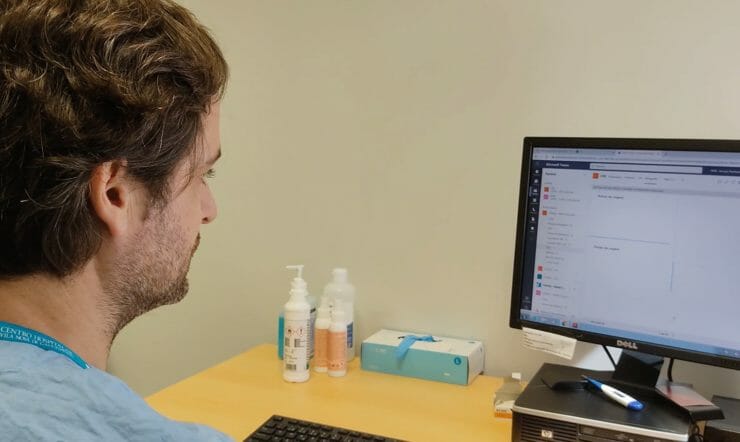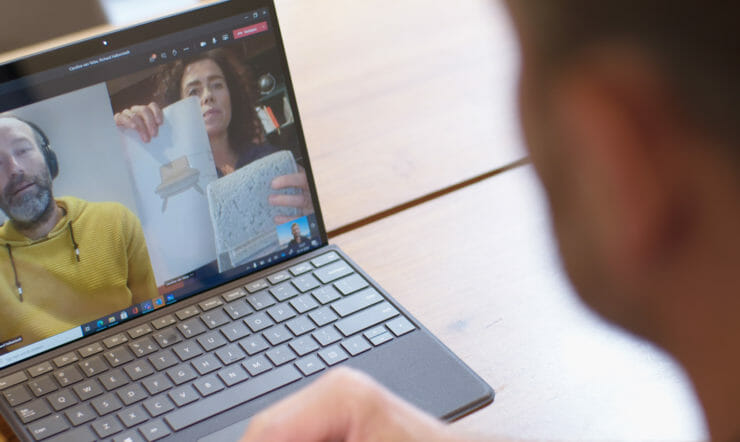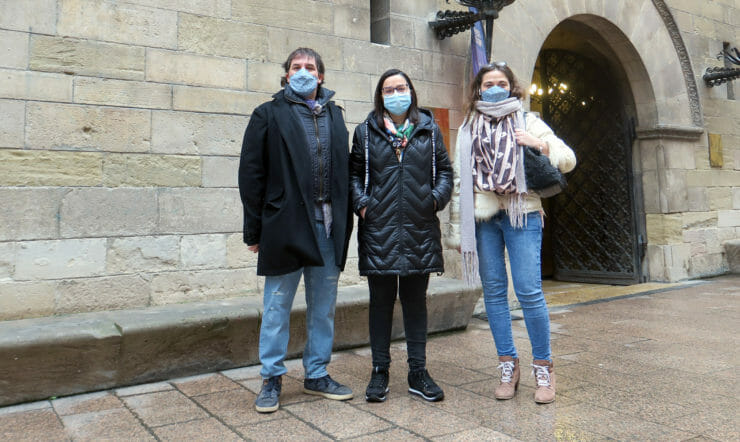Since the beginning of the Industrial Age, the workforce throughout Western Europe has been largely rooted in a predicable rhythm of business – a workday that consists of clocking in at 9, clocking out at 5 and two hectic commutes on either side. With the onset of Covid-19, we’ve seen that 200+ year-old model completely up-ended.
With organizations across Western Europe adapting to the new normal, Microsoft commissioned new research with Boston Consulting Group and KRC Research to help our customers navigate this uncertain time and best support their talent. Engaging with thousands of workers and leaders across Western Europe, we asked people about their experiences with remote working as well as about their expectations for the future.
95% of surveyed business leaders cited the importance of changing their firm’s ways of working to become more innovative and flexible
Both leaders and workers agree flexible, hybrid working is here to stay
While employees still see value in working from a main office at least some of the time; on average, people would like to spend approximately one-third (31%) of time outside of the traditional office setting. Working remotely during the pandemic, they have discovered the benefits of working from home, including spending more time with family and friends, dressing more casually or have more time for hobbies. People see time spent in the office as a powerful way to maintain bonds with their colleagues.
Similarly, leaders expect a different way of working for the foreseeable future. Senior executives see the opportunity to maintain productivity gains while, at the same time, improve employee engagement. Our research found that eight of 10 leaders reported equal or increased productivity with remote working, and well over half see it as a powerful way to help retain their best workers. Consider this: last year, a small minority (15%) of companies had a set remote work policy, now a healthy majority (77%) do.

Working at home.
What businesses have learned about working more virtually: ensuring productivity is easy – promoting innovation less so
Many business leaders state that the challenge with more remote working has not been related to business continuity or productivity. Rather, the issue is around ensuring teams continue feeling tight-knit and very much connected to the pulse of company’s culture.
When people are physically together five days a week, it’s easy to bond – whether it’s sharing joke at the watercooler, having a casual team lunch, or hunkering down together to meet a deadline. Further, in an office setting, senior staff literally have the ability to “walk the halls” and talk with employees in a more informal way.
All of these seemingly little things add up to have a big impact on the health of a business.
Bold new thinking thrives when people feel like they are part of a trusted team and feel like they are a valued part of something bigger themselves. So, it’s a red flag when we see employees’ top-three challenges with remote working:
- Maintaining a conducive work culture
- Team cohesion
- Coping with increased silos.
And, it’s only logical to expect to see a drop innovation, as it’s hard for new ideas to thrive in an environment where people feel more disconnected from their employer and their teams: similar research last year found 56% of leaders thought their companies were innovative around core products and services – this time it has fallen to 40%.
The key takeaway from all of this is that the success of teamwork in a more hybrid world, although highly dependent on having the right technology tools, goes beyond it. Innovation is fueled when people feel empowered to connect with colleagues, take smart risks and speak up when they have new ideas. So, the challenge for businesses will be ensuring people feel connected to their teammates and to clearly see how the work they do as a team contributes to realizing the vision of the company. Successful teams will not only be characterized by how productive they are, but by the sense of comradery, empathy and trust each team member feels. This is the very human key to innovation.


























